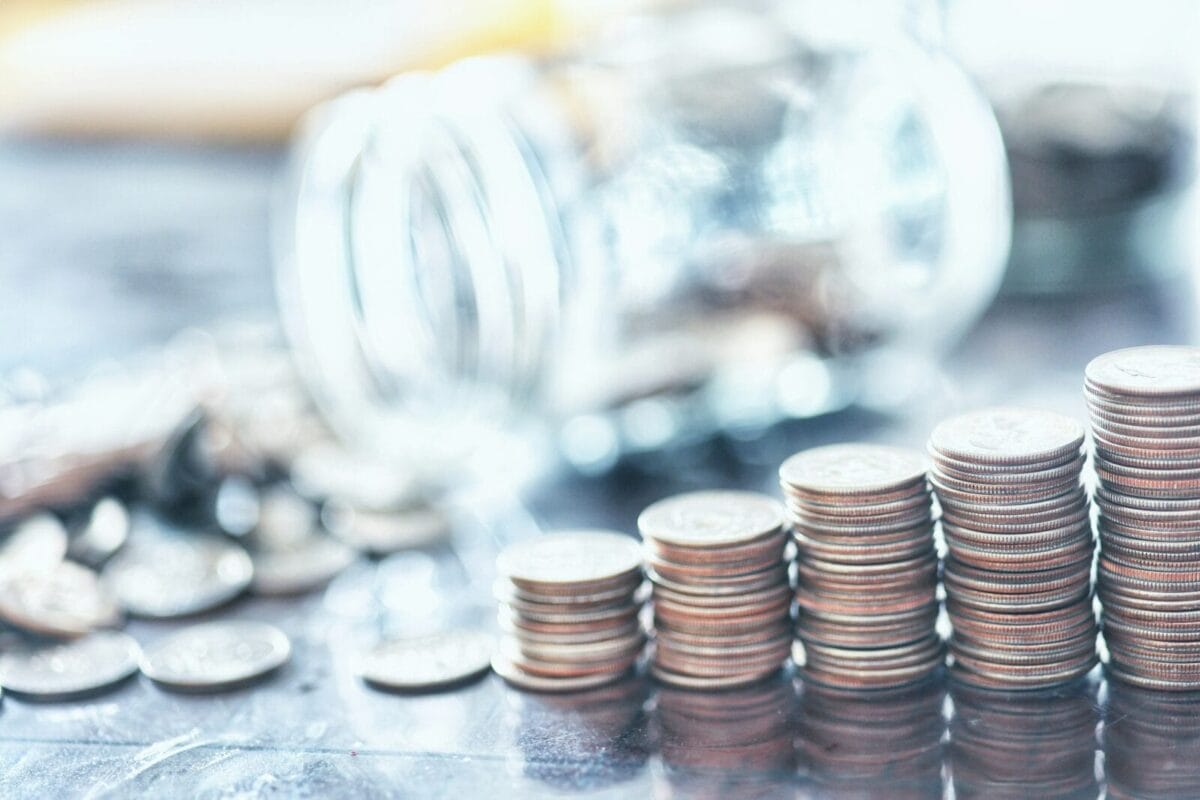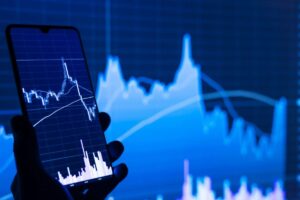Gold surges and global markets roar ahead as investors chase safe havens and growth opportunities. Tom Stevenson, Investment Director at Fidelity International, highlights a record-breaking year for gold, strong quarterly gains across global equities, and renewed momentum in Japanese stocks amid political developments.
Tom Stevenson, Investment Director, Fidelity International comments on what’s driving markets this week: “Gold has been the standout performer among mainstream investments, enjoying its best run since it took off in 1979 against a backdrop of oil crisis and inflation. The price is rapidly approaching $4,000 an ounce, having more than doubled in three years.
“In the three months to September, gold rose 17%. In the nine months year to date, it has soared by a remarkable 46%, hitting a new all-time high this week of $3,930 as investors have piled into the perceived safe haven.
“Gold has been rising strongly on these concerns and consistent buying by central banks looking to diversify their reserves away from the US dollar as a period of US exceptionalism appears to be drawing to a close. More recently, however, market watchers have focused on an apparent FOMO element as investors move off the sidelines in a bid not to be left out of the precious metal’s boom.
Gold demand surges
“Inflows into gold-backed ETFs hit $13.6bn over just the past four weeks, according to the World Gold Council. That brings the total for the year to date to more than $60bn, a record for a calendar year, let alone a nine-month period.
“Some see a shift among traditional investors like pension funds to adopt gold as part of a diversified asset mix. Instead of the traditional 60/40 equity/bond mix that investors have historically used to balance their holdings and create a smoother ride for their investments, many are now talking about a 60/20/20 mix being more appropriate.
“If that balance is adopted, it could suggest trillions of dollars chasing the limited supply of gold. It would be a major change from the 2% or so that fund managers have traditionally allocated to gold.
“In part, gold now appeals to investors as a diversifier because bonds have become more volatile, and investors see them as vulnerable to excessive government debts and deficits and the consequently high levels of sovereign bond issuance. That is pushing long bond yields higher and the value of bonds lower. Gold now looks a safer haven even than the traditional safest of all safe havens – US Treasuries.
Global bull market fires on all cylinders
“With the September quarter now closed, the global bull market is firing on all cylinders.
“For the three months from July to September, pretty much all assets made the kind of progress that investors would settle for in a good year, let alone just one quarter. The S&P 500 added 8%, the FTSE 100 was 7.5% better, Japan rose nearly 12%, emerging markets were up 11%, including an 18% rise for Chinese stocks. Even Europe, the global laggard, was 4% up on the three months.
“For the first nine months of the year, which we should not forget included a major stock market wobble around the announcement of tariffs in America, the leadership is different but the figures equally impressive. Europe enjoyed a storming start to the year, and broadly held onto its gains, so it ended up with a nine month return of 31%. UK shares have added 20%, and the US 15%. Japan is up 16% and China 18%.
“After two strong years in the markets in 2023 and 2024, investors might have expected a slower year in 2025, or even a correction. The reality has been very different. Investors have concluded that the market glass is very much half full. Fiscal and monetary stimulus, continuing earnings growth and an AI growth story have combined to create a perfect storm of market tailwinds. Since the S&P 500 index bottomed out in October 2022, it has risen by 90%.
Parallels with the Dot-Com era
“The ongoing surge in markets has prompted comparisons with the dot-com bubble in the late 1990s when another technology-related growth narrative was given a boost by economic growth and perhaps unnecessarily easy monetary policy. A look at the charts from 1998 confirm some interesting echoes, which is both encouraging because markets rose sharply in the final months of the bull market in 1999 but also worrying because in due course the bubble popped and markets fell heavily from 2000 to 2003.
Seasonal trends and market sentiment
“Perhaps that is a question for next year, however. The final three months of the year are sometimes volatile but often strong, with markets rallying into the Christmas period. Certainly, momentum is still with investors and adopting a more cautious approach feels increasingly difficult, as of course it always does towards the top of the stock market cycle.
Japan’s market momentum
“Another asset in the spotlight this week is Japanese equities, which soared on Monday in response to the appointment of Sanae Takaichi as new leader of the Liberal Democrat party and so most likely Japan’s next prime minister.















